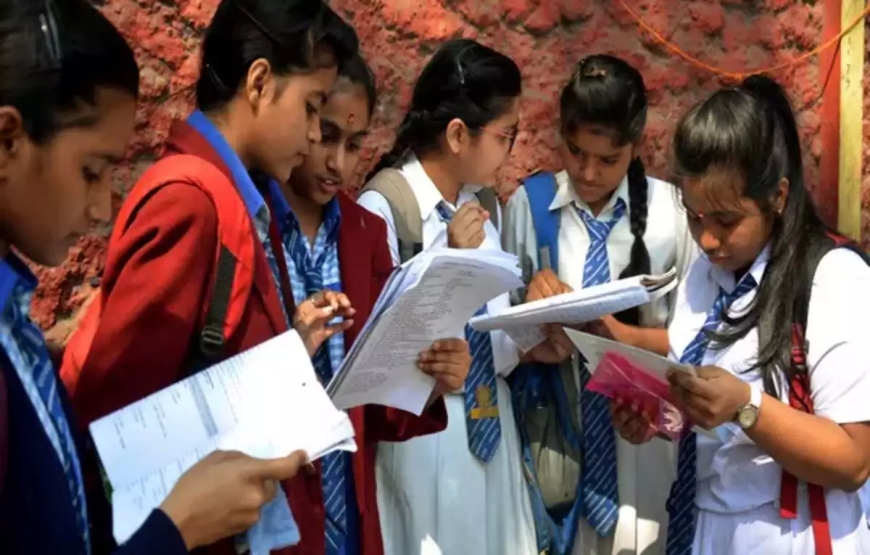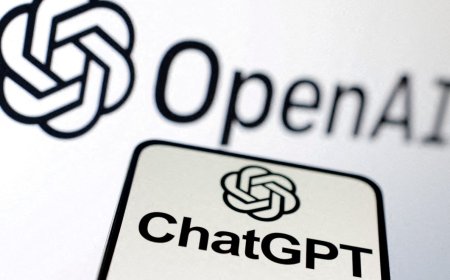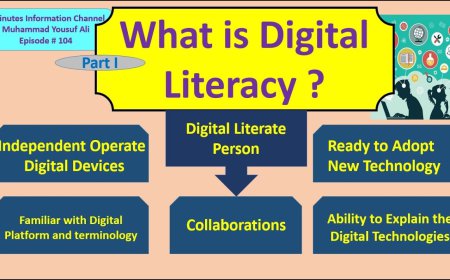CBSE Schools in Kochi Adopt Emoji - Based Evaluation Under NEP
Discover how CBSE schools in Kochi are adopting NEP guidelines with emoji-based evaluations and activity-driven assessments for holistic learning

In line with the New Education Policy (NEP) 2020, several CBSE schools in Kochi are taking a unique and innovative approach to student evaluation. Departing from traditional grading systems, these schools have begun using emojis and activity-based assessments to evaluate students. This initiative is part of a broader effort to reduce the stress associated with academics, focusing on a more holistic approach to learning. By incorporating this new evaluation method, schools aim to nurture students' emotional well-being, encourage creativity, and emphasize overall development. This article explores how this approach is being implemented in CBSE schools in Kochi and what it means for students and educators.
1. Holistic Approach to Education in CBSE Schools
Under the NEP guidelines, the focus in CBSE schools in Kochi is shifting towards holistic education, where emotional and social development is just as important as academic achievement. This approach aims to reduce academic pressure while focusing on a child's overall growth.
2. Emojis Replace Traditional Grades
Instead of the conventional grading system, CBSE schools are now evaluating students using emojis. These symbols offer an engaging and less stressful way for students to understand their performance and progress, particularly in younger grades.
3. Activity-Based Assessments for All Grades
Schools in Kochi are using activity-based assessments to grade students, where children are evaluated based on their participation in various hands-on activities. These activities range from group work to individual projects, encouraging students to learn through doing.
4. Focus on Emotional Well-Being
This new evaluation method emphasizes students' emotional well-being, aiming to reduce stress. By using emojis and focusing on activities rather than grades, schools aim to create a supportive and less competitive environment for students.
5. Alignment with NEP 2020 Guidelines
The shift to a more holistic grading system aligns with the objectives of NEP 2020, which advocates for a student-centered approach to education. The NEP emphasizes the importance of fostering creativity, critical thinking, and collaboration in young learners.
6. Implementation for Early Grades
The "holistic report card" has been introduced for students from kindergarten to second grade. This is part of an effort to assess children based on their growth and participation in activities rather than just academic performance.
7. Encouraging Creativity and Critical Thinking
The activity-based evaluation encourages students to engage in creative thinking and problem-solving. Activities like projects and group work promote teamwork, innovation, and critical thinking, helping students develop skills they can use beyond the classroom.
8. Reducing the Pressure of Marks and Performance
By using emojis and focusing on learning through activities, the pressure to perform based on marks is significantly reduced. This is especially important for young students, who may find the traditional grading system stressful.
9. Potential for Monotony, Educators Caution
While the emoji-based evaluation has been well-received by students, some educators have expressed concerns about the risk of monotony. They emphasize that for the system to succeed, teachers must consistently come up with creative and varied ways to assess students.
10. A New Way of Learning and Growing Together
This innovative evaluation method encourages students to take ownership of their learning and focus on personal growth. It also promotes a collaborative and creative environment where learning is fun and less stressful.
Conclusion
The adoption of emojis and activity-based assessments in CBSE schools in Kochi marks a significant shift in how students are evaluated. This change is a positive step towards reducing academic pressure, fostering emotional well-being, and encouraging holistic development in young learners. As this new approach is refined, it promises to offer a more inclusive and creative learning environment for students in the years to come.




























